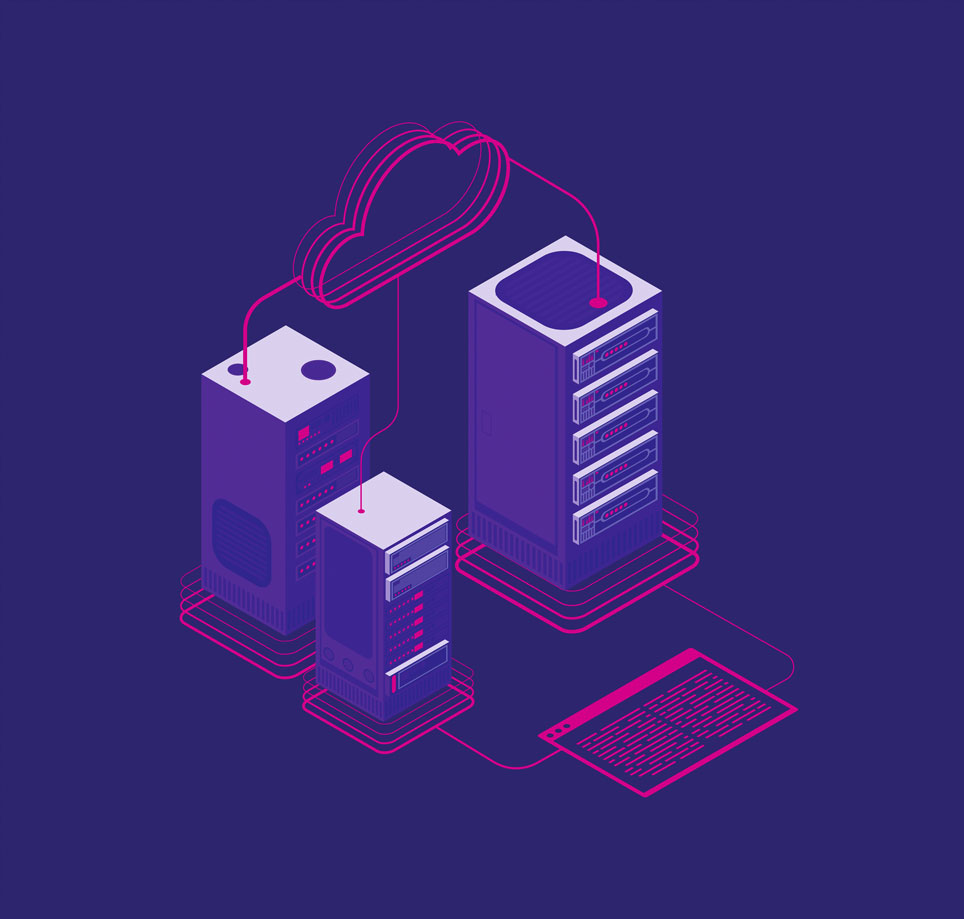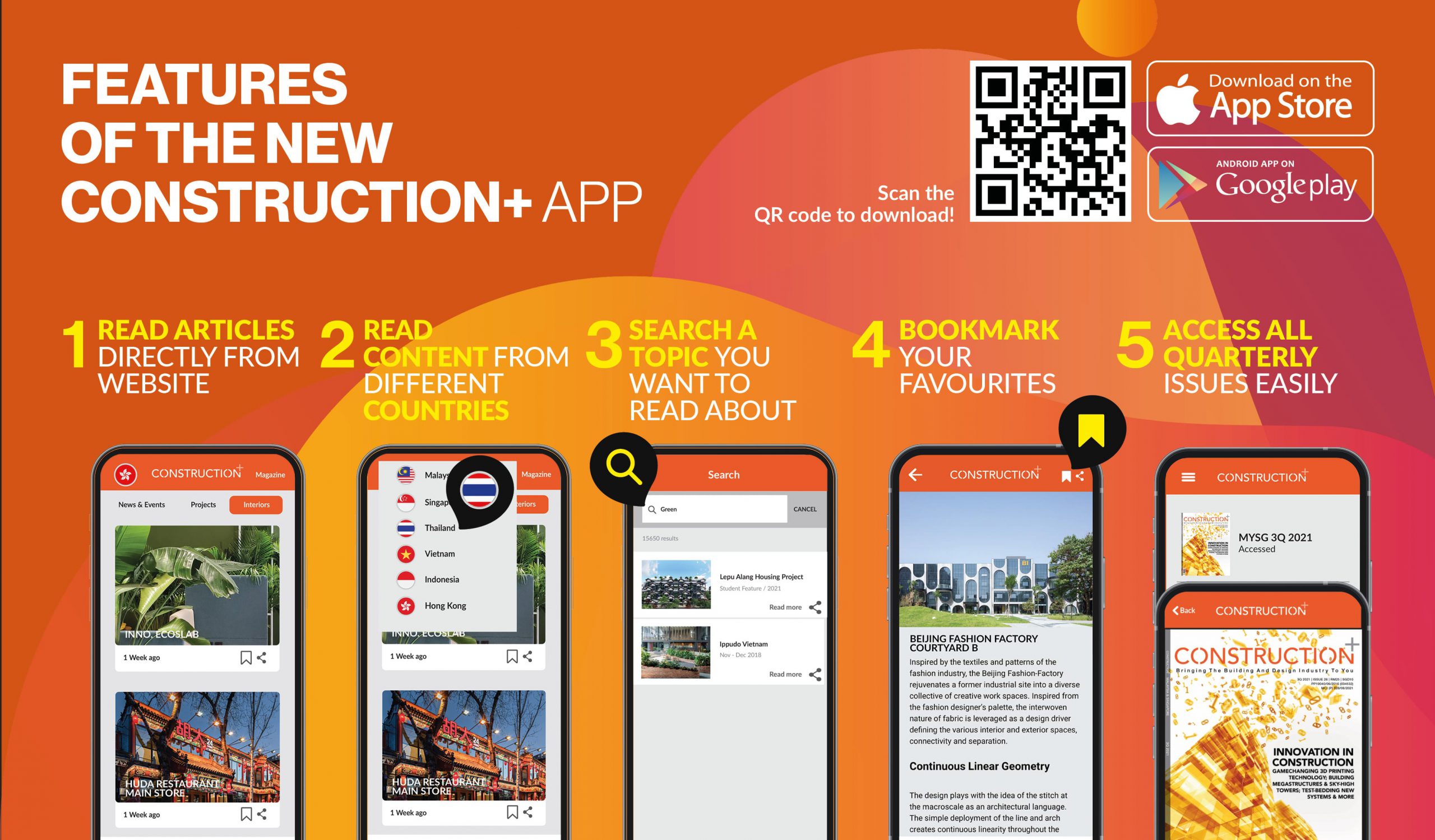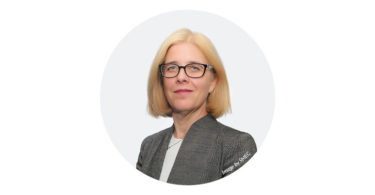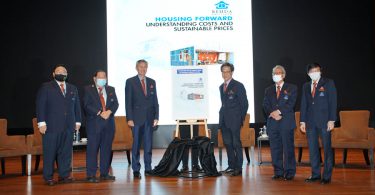
Sean Lee
Sean Lee is a chartered professional electrical engineer with more than 16 years of work experience in planning, design, project management and supervision of projects. As Technical Director of Mechanical and Electrical (M&E) at Aurecon, he is responsible for the growth of the M&E services business within the infrastructure sector in Malaysia, including the railway infrastructure, data centre development, digital advisory and asset management.
Edward Chew
Edward Chew is Principal at VERITAS Design Group. He has been instrumental in supervising the elevated and underground MRT stations for Gamuda KVMRT and overseeing the design of the M101 tower on Jalan Tun Razak. Apart from managing his portfolio of projects, Chew is also in charge of enhancing knowledge of technology and statutory requirements for the Group.
Hyperscale cloud companies have been pursuing significantly larger deals in the past yearsdue to a spike in demand for storage, computation and networking. Another driver comes from global technology services catering to the expanding corporate requirements for remote working and virtual arrangements due to COVID-19. For the same reasons, the construction of this building typology has also seen an increase in both Singapore and Malaysia. Edward Chew and Sean Lee shared with Construction+ the critical trends in the design and construction as well as the fundamental know-how in building a data centre.

Data centres are where the ‘cloud’ meets the ‘ground’
How do you define design innovation in this context?
Lee: Design innovation involves a combination of creativity and technical expertise. In today’s world of rapidly developing technology with a recent surge in demand for remote and virtual services, we have observed several key trends in the construction of data centres. These include:
- energy-efficient engineering solutions;
- modular design for robust construction, reliability and reduced project deployment time;
- digitalisation in data centre design and construction through the adoption of virtual reality, digital twins and on-site laser scanning to increase efficiency and drive more meaningful collaborations; and
- adoption of a human-centric design approach to enhance human capability and improve operational performance.
With this, what does innovation mean?
Chew: Innovation, in general, could be either radical and disruptive solutions that transform the market or incremental, gradual and continuous improvements in the existing concepts. The data centre market is not new and the key trends abovementioned also exist in other segments in the built environment sector. In this context, innovation means creating more attractive and practical buildings with better functionality and services through constant improvements that keep sustainability and scalability in mind.
Data centres need to meet stringent requirements such as security, energy efficiency, business continuity, productivity optimisation and the capacity to accommodate unpredictable future loads.
Would you please share one of your recent data centre projects as an example?
Lee: Aurecon is collaborating with GDS, a leading developer and operator of high-performance data centres in China, to build its first data centre HK1 in Hong Kong. Expected to complete in Q3 2022, HK1 will be a Tier III data centre comprising a 20-storey building with a gross floor area of approximately 23,000 square metres, with over 2,000 data racks and 132kV sub-stations to house two 50MVA HV transformers. It will provide GDS’ customers with multi-cloud interconnection, hybrid cloud and low-latency network services.
This is an excerpt. The original article is published in Construction+ Q2 2022 Issue: Technology & Innovation.
Get the print magazine or subscribe to the digital edition to read the complete article.

 Hong Kong
Hong Kong Singapore
Singapore Indonesia
Indonesia Tiếng Việt
Tiếng Việt ประเทศไทย
ประเทศไทย









